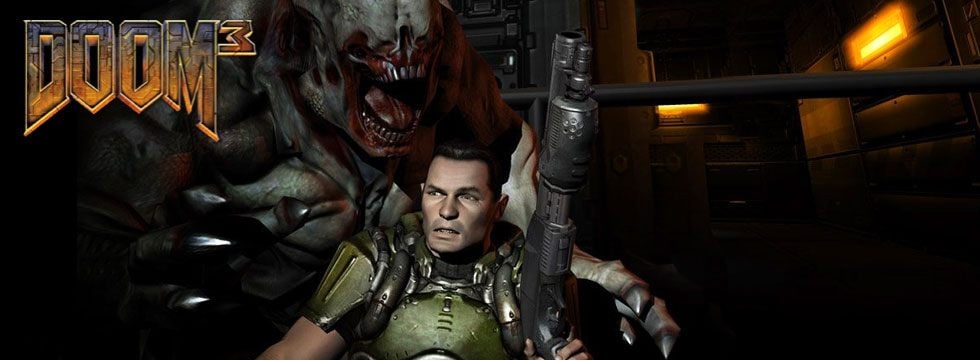



It also reduces bandwidth used, which is especially important for people with data caps. If you can reduce the size of the video stream being sent, it’s possible to reach more users whose connection speed or range from a data center prevents viable streaming. This constant compression contributes to additional server costs compared to pre-encoded files, but with Bethesda’s technology, the demands are lower.Īnd finally bandwidth. While a Netflix video can be pre-compressed once, and distributed many times, video game streams need to be compressed frame by frame, based on user input, and distributed to users. Compare this to a Netflix or Spotify stream, which has allowance to buffer when needed. THE ELEVATOR PITCHĪccording to Bethesda, video game streaming has a handful of major challenges and limitations: latency, computing power, and bandwidth.įirst up is latency: For a high-quality, lag-free experience, “user input needs to change the on-screen display in real time and if that can’t happen without imperceptible latency you’ll have a bad experience,” says Bethesda Softworks’ Director of Publishing James Altman. For example, id Software’s own Doom (2016) is as challenging a test for streaming technology as one could imagine and informed their decision to pursue this project in the first place. Orion is both a complicated pitch, but also easily capsuled: The technology team at id Software has created a suite of tools to help lower bandwidth and latency demands for streaming games, in an effort to improve the performance of the most demanding games.

While Bethesda set some time aside for Orion during its E3 press conference, it was worried that the complexity of the technology would require more than a three-minute stage demo. Bethesda invited a small amount of press to its Rockville, MD-based headquarters in the days before E3 to demo one of its more business-oriented announcements of the show: a package of patented game streaming “techniques” they’re calling Orion.


 0 kommentar(er)
0 kommentar(er)
